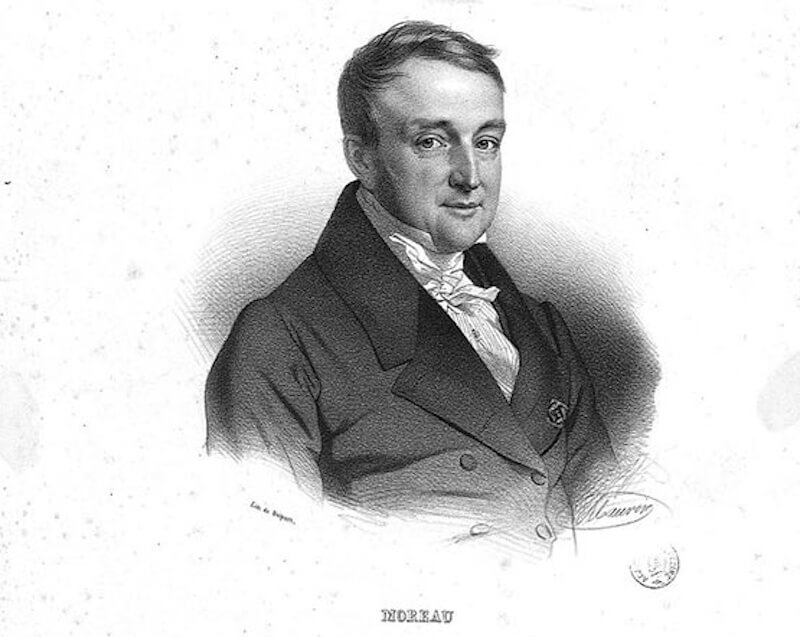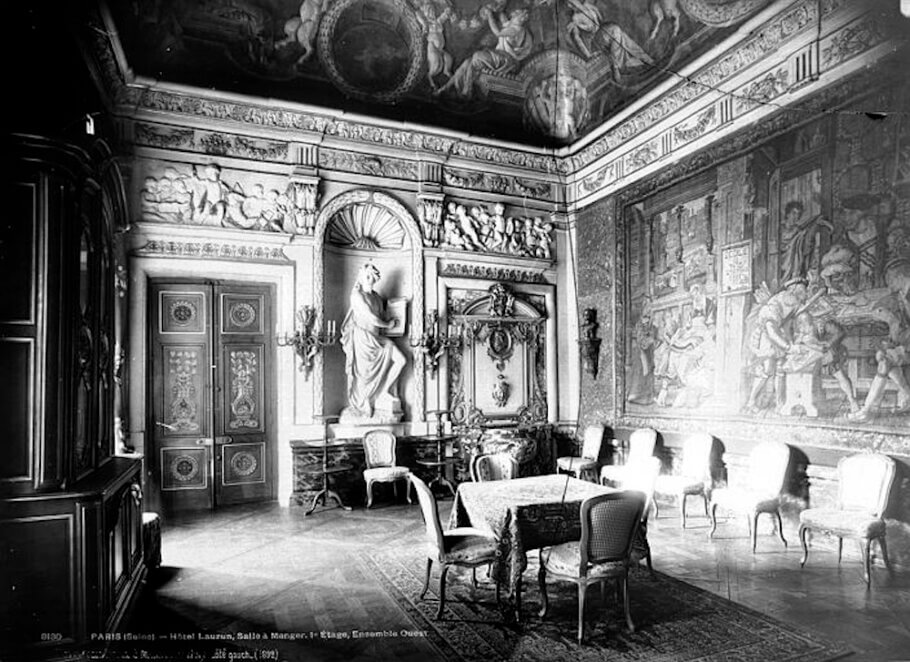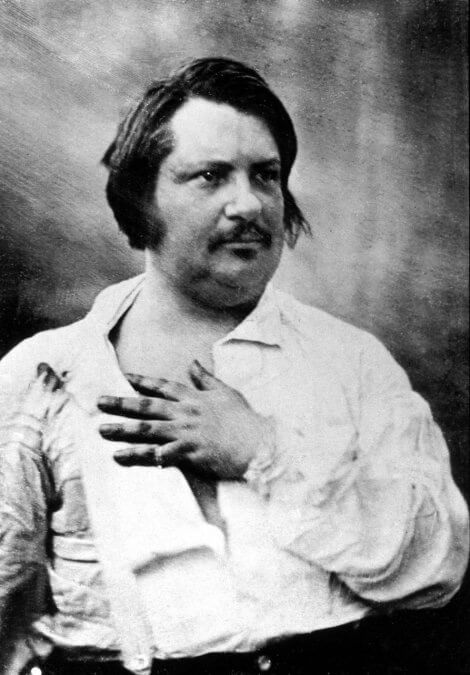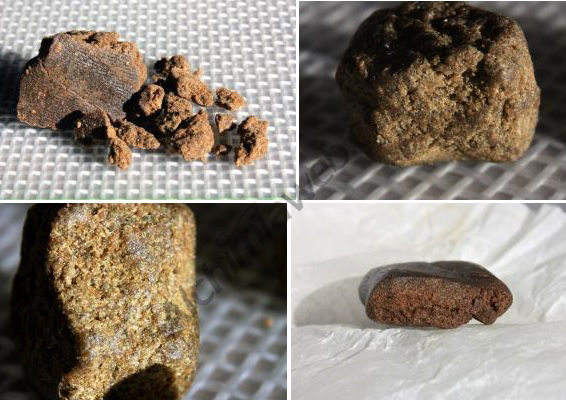The Hashish-Eaters Club
List of contents
When you think of cannabis users, what is the first thing that comes to mind? How many of you think of 19th-century French poets, painters or philosophers who have gone down in history?
This image may differ from the caricature of the unmotivated stoner that many people have in their minds, lazing on the couch, brushing Doritos crumbs off a stained t-shirt. However, as we already know, this stereotype is generally far from reality. For centuries, cannabis has inspired creativity in some of the past generations' most influential thinkers, and perhaps the best illustration of this comes to us from Paris around 1845, behind the doors of the clandestine 'Club des Hachichins'.
What was the ‘Club des Hachichins’?
In the early 19th century, Napoleon Bonaparte's troops returned from their campaign in Egypt and brought with them the habit of consuming hashish; and so arrived one of the most unusual forms of entertainment for the elites of the Victorian era, particularly the Bohemians, as the use of the cannabis plant took on a less spiritual and more recreational approach.
Attracted by this novel substance that enlivened the body and spirit, between 1836 and 1840 Dr Jacques-Joseph Moreau, a major figure in modern psychology, made long journeys to the Orient to discover the origins of this plant and to test for himself the effects of hashish.

At the time, Moreau and other psychiatrists believed that the events prior to the collapse of a person with mental illness could provide clues that would allow them to resolve that condition. Because hallucinations often preceded psychotic breaks, Moreau wanted to experience them for himself. Moreover, since he was already familiar with hashish and knew that it produced hallucinations, it seemed like the perfect drug to test his theories.
However, he felt that, although he himself had tried hashish, his experiences were too subjective and that, to get an objective opinion, he needed to observe other people who were willing to take hashish even though he did not. So he started searching for volunteers who would allow him to observe them and, before long, he became the official drug dispenser for the 'Club des Hachichins', or Hash-Eater's Club, a group of France's leading artists, poets and writers who dedicated themselves to the exploration of drug-induced experiences.
Some very illustrious members
Membership of the club was flexible and people joined and left at will. The group was active from about 1844 to 1849, and its members included the literary and intellectual elite of Paris: Théophile Gautier, poet, journalist and literary critic; Charles Baudelaire, poet and art critic; Eugène Delacroix, Romantic painter; Alexandre Dumas, writer of 'The Three Musketeers' and 'The Count of Monte Cristo'; Victor Hugo one of the most important and influential French Romantic writers of the 19th century; and even Honoré de Balzac, another literary titan whose speciality was to describe almost exhaustively the French society of his time.
Île Saint-Louis, a small island on the Seine in the heart of Paris, was a popular bohemian meeting place; and on the Quai d'Anjou was the Hôtel de Lauzun (at the time, Hôtel Pimodan), which was the exact place chosen as the headquarters of the 'Club des Hachichins'. Baudelaire and Gaultier were already guests at the hotel, so they began to hold their hashish soirées right where they lived. Considering that Gautier was very fond of opium, about which he had written a short essay illustrating his experiences with the drug, he quickly became eager to travel to the new worlds to which hashish could take him.

The medicine of immortality
Members of the club met every month and during their dinners, they held what they called 'séances', in which the participants, dressed in Arab clothes and in the comfort of their slippers, consumed hashish mixed with coffee, pistachios or aromatic spices from the East such as nutmeg and cinnamon.
Club members also often consumed 'dawamesk' (Arabic for 'medicine of immortality'), a greenish paste (though some call it jam) made from cannabis resin mixed with fat (lard or butter), honey and pistachios, which the French also brought back from their military rounds during the conquest of Algeria between 1830 and 1847; it is considered to be the ancestor of 'space cakes'.
The purposes of each of these illustrious members ranged from developing ideas about the human condition to finding literary material or expanding their knowledge. And, of course, they served as guinea pigs for the purposes of good old Moreau.
Dawamesk cake
Dawamesk is a marijuana-based cream made with pistachios, honey and hashish. Its psychoactive effects are described in the Artificial Paradises and other texts writen by the members of the Club des Haschischins. Here we tell you the recipe to cook a delicious Dawamesk cake, a more original dessert than the classic Space Cake.
These concoctions and edibles produced full hallucinogenic effects for the first psychonauts who regularly attended the Club's meetings. They did not know then that hash's principal psychoactive ingredient, THC, when smoked passes directly into the circulation, but when ingested the liver converts it into a metabolite that is up to four times more potent!
Confessions of a hash-eater
The celebrated poet Théophile Gautier wrote about his own hallucinogenic experiences for the literary journal 'Revue des Deux Mondes' (the longest-running European magazine still operating) after attending one such session, reporting that after consuming a piece of hashish the size of an adult's thumb he 'entered a world full of visionary creatures, which had previously only come to life in the visual arts'. And he tried 'Dawamesk', which he described as "an emerald emitting millions of tiny sparkles". Here is an excerpt from that text:
"To enter was to go back two centuries; time, which passes so quickly, did not seem to have passed in this house, and like a clock that has been wound up carelessly, its hands always showed the same time. Hashish will eventually replace champagne. We think we have conquered Algiers, but it is Algiers that conquered us".
Many Club users also reported that their senses were intensified and they felt ravenously hunger. In addition, they experienced hallucinations or heard voices. For example, the French novelist and playwright Honoré de Balzac tried it once in 1845 and reported hearing heavenly voices and seeing divine images.

Although most of the members of the 'Club des Hachichins' consumed hashish, not all of them shared such enthusiasm for the substance. For example, Baudelaire, who had a reputation as a libertine and was known to have a taste for the exotic, found cannabis repugnant and only tried it once or twice, even though he lived in the flat above the Club between 1843 and 1845. However, this did not prevent him from incorporating it into his great work 'Les Paradis Artificiels' ('Artificial Paradises'), in which he wrote about his experiences of being under the influence of opium and hashish.
He also claimed to prefer wine and is credited with saying that hashish had many disadvantages, not the least of which is that it isolates its user and makes him anti-social, whereas wine drinkers become sociable and deeply human.
The decline of a club that marked the history of entheogens
After observing the 'Club des Hachichins' for several years, Dr. Jacques-Joseph Moreau wrote down his research of several hundred pages in the book 'Du hashisch et de l'aliénation mentale, études psychologiques' ('Hashish and mental alienation'): 'I saw in cannabis a means to combat effectively the fixed ideas of depressives, by breaking the chain of their ideas, by decentring their attention on this or that subject'.
Because of his experiments, and because he was able to observe his colleagues in various states of consciousness, Moreau became the first psychiatrist to work systematically on how drugs affect the central nervous system. The other French intellectuals who took part in these experiments also crossed the boundaries of reality to write about them in works that have transcended their time.
For example, Dawamesk appears in the novel 'The Count of Monte Cristo' by Alexandre Dumas when the Count, under the identity of Sinbad the Sailor, offers Franz d'Epinay some Dawamesk, a "mixture of the fatty extract of the tips of cannabis plants (Indian hemp) with sugar and some essences", promising him that he will have the same experience as the "Muslim assassins" who dream of a paradise full of young women after their earthly life.
As for the 'Club des Hachichins', it was disbanded in 1849 when Moreau's scientific aims were achieved and his book, which would eventually become the first book ever written about a drug by a scientist, was published. A double milestone in the history of cannabis, because in case you hadn't noticed yet, the Hashish Eaters Club also takes the prize for the first cannabis users' club on record, even though its members were neither recreational nor therapeutic users. It was more of an experimental or scientific use, motivated by curiosity and the desire to reach new states of consciousness that can have the ability to change our perception of the world as we know it.



































































